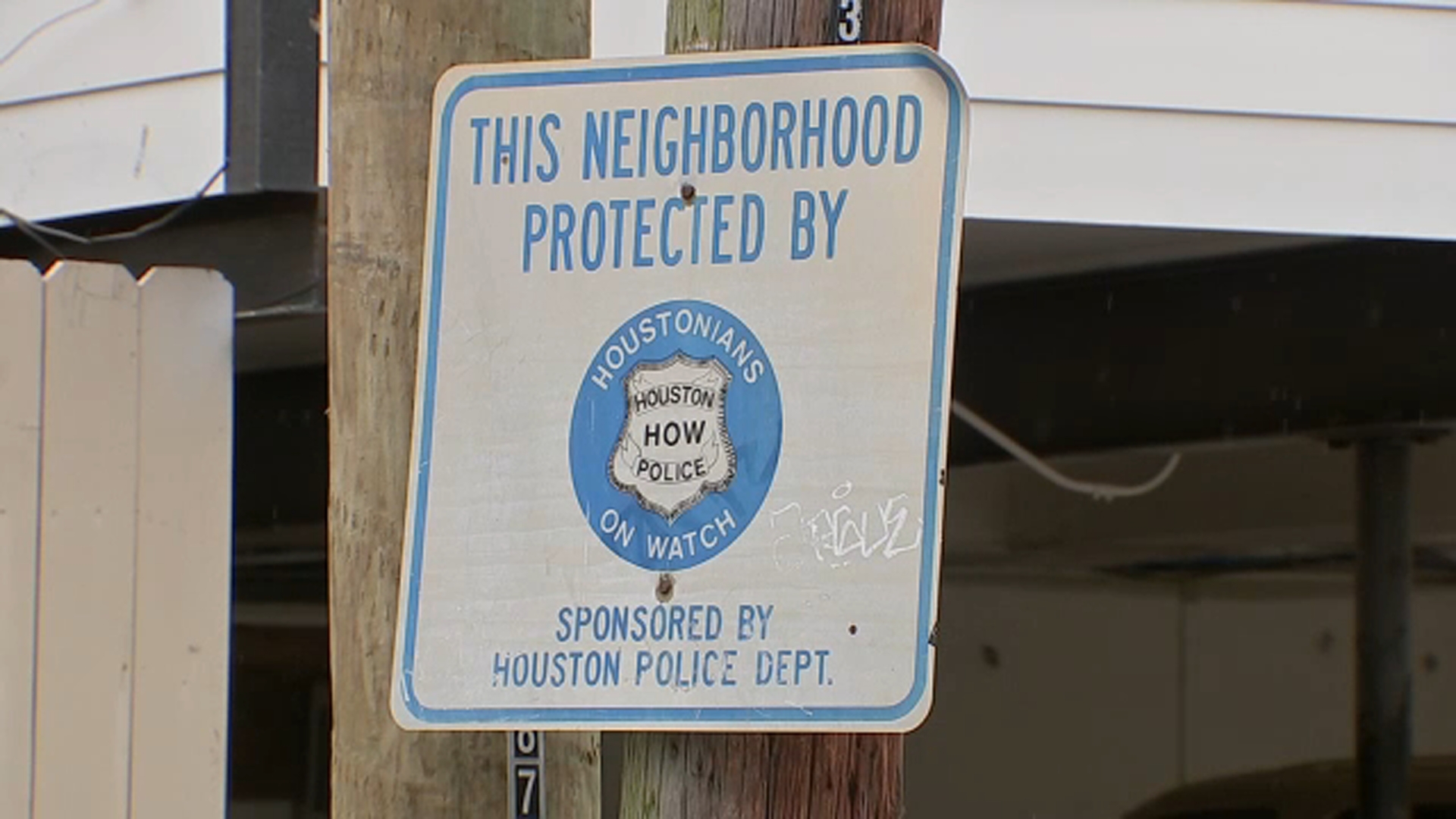February 2025 in southeast Texas was marked by climate extremes between record heat and deep freezes

HOUSTON, Texas (KTRK) -- While this February will probably not rank among the warmest or coldest on average for the month, it's important to point out why. It's not because this was a "normal" month by any means. This February can be categorized as a month of extremes for southeast Texas.
Until Feb. 26, there was only one day with an average or typical high temperature. That was this past Monday when it reached 70 degrees in the afternoon, typical for late February.
The rest of the month saw days that were either very warm or very cold. The warm 80-degree stretch at the beginning of the month mirrored that of 2017, which ranks as the warmest February on record in Houston. If not for the arctic front in the middle of the month, which sent temperatures in the other direction, this February would probably have been another record-warm one, which is the norm when considering climate change.
As global temperatures warm, our average temperatures, season to season, month to month, warm too. Our partners at Climate Central found that for most cities across the United States, winter is the fastest warming season. For Houston, it's summer, but that shouldn't come as a surprise.
Another way to view climate change is seen through local extremes. Consider the freezing temperatures and cold snap from this past February, that arctic front moving through a few days after an 80-degree. So, while the monthly average for this February will be near normal in Houston, it's only because of the extremes that make it so.
Whether the polar vortex contributed to this latest winter blast is unclear, but scientists have learned a lot this winter about the vortex and its behavior without a designated "polar vortex" event.
After the January 2025 snowstorm in Southeast Texas, ABC13 Meteorologist Elyse Smith talked about how vortex winds were so strong that it was unlikely for them to weaken and lead to a cold air outbreak this winter. That remains true.
What researchers did note about the vortex this season was its orientation. Instead of being perfectly symmetrical, the vortex would tilt and be elongated over one region like North America or Europe, which could have influenced normal wintertime patterns. This is called stratospheric wave reflection and is an area of future study.
For more on this story, follow Elyse Smith on Facebook, X and Instagram.











